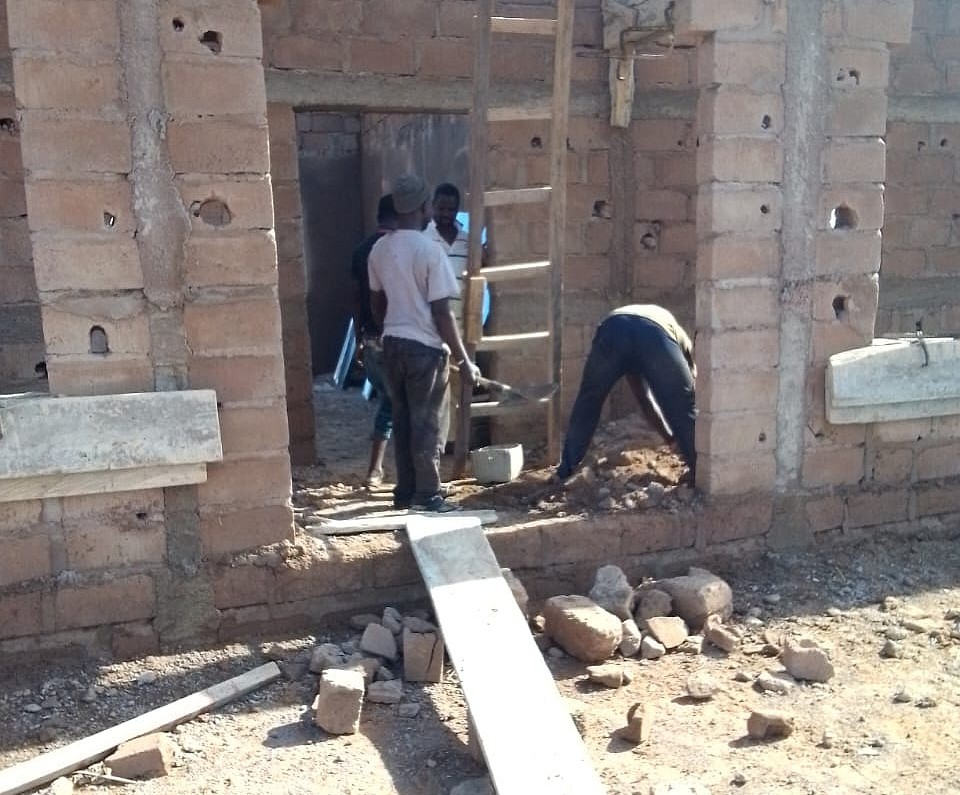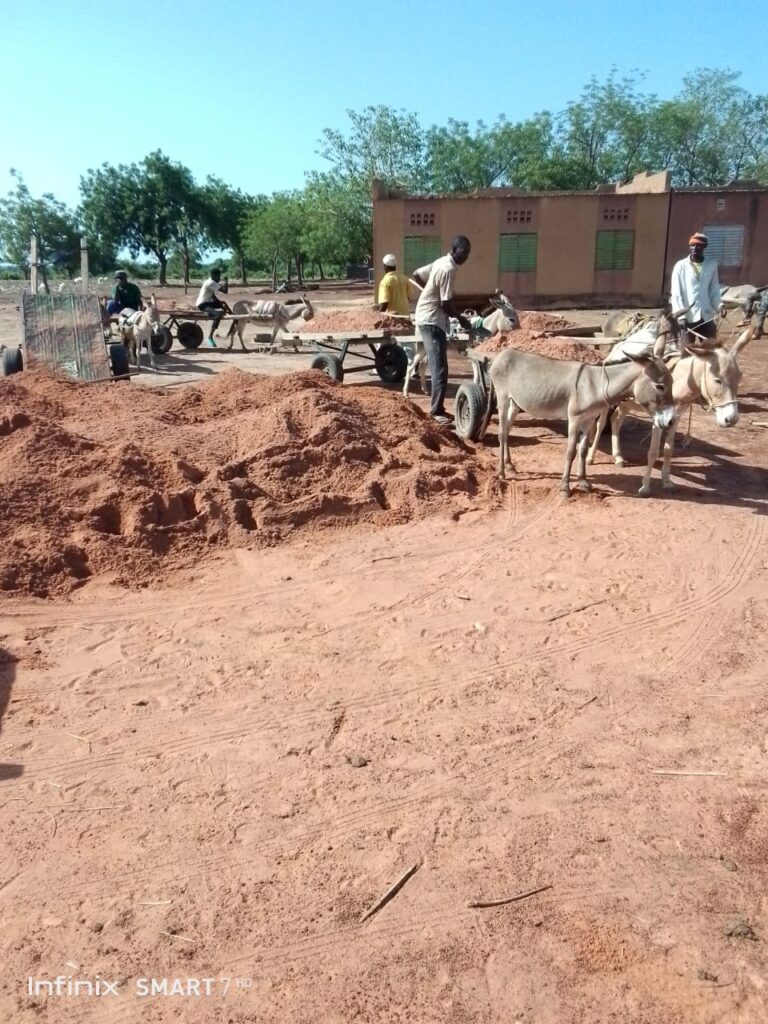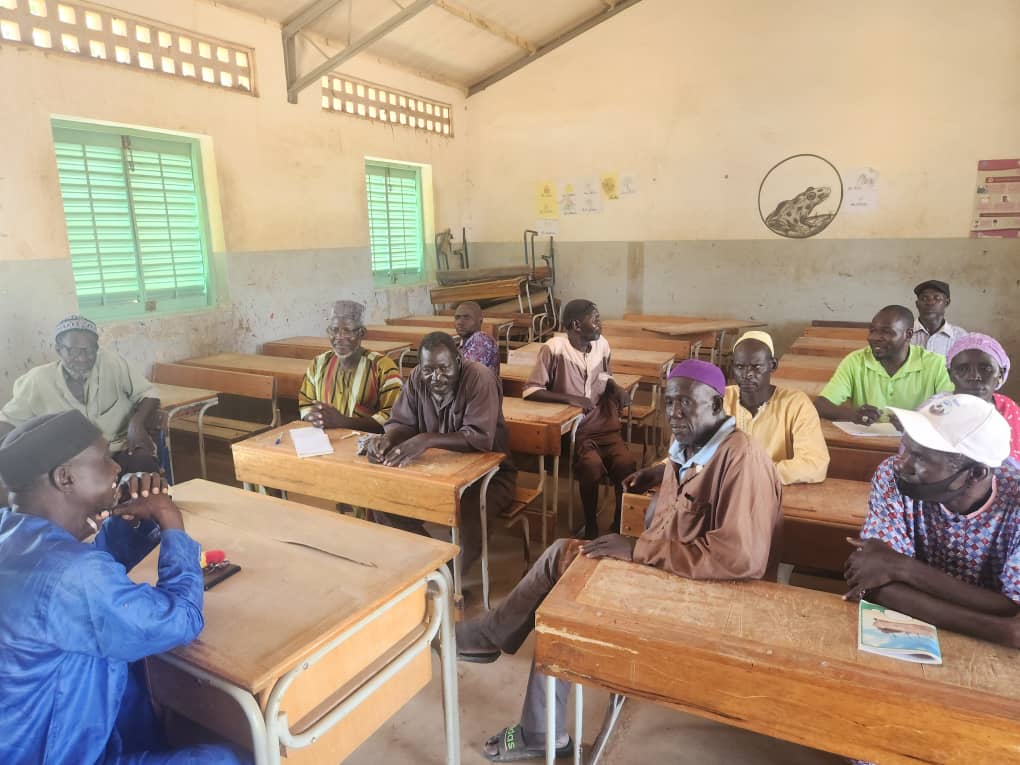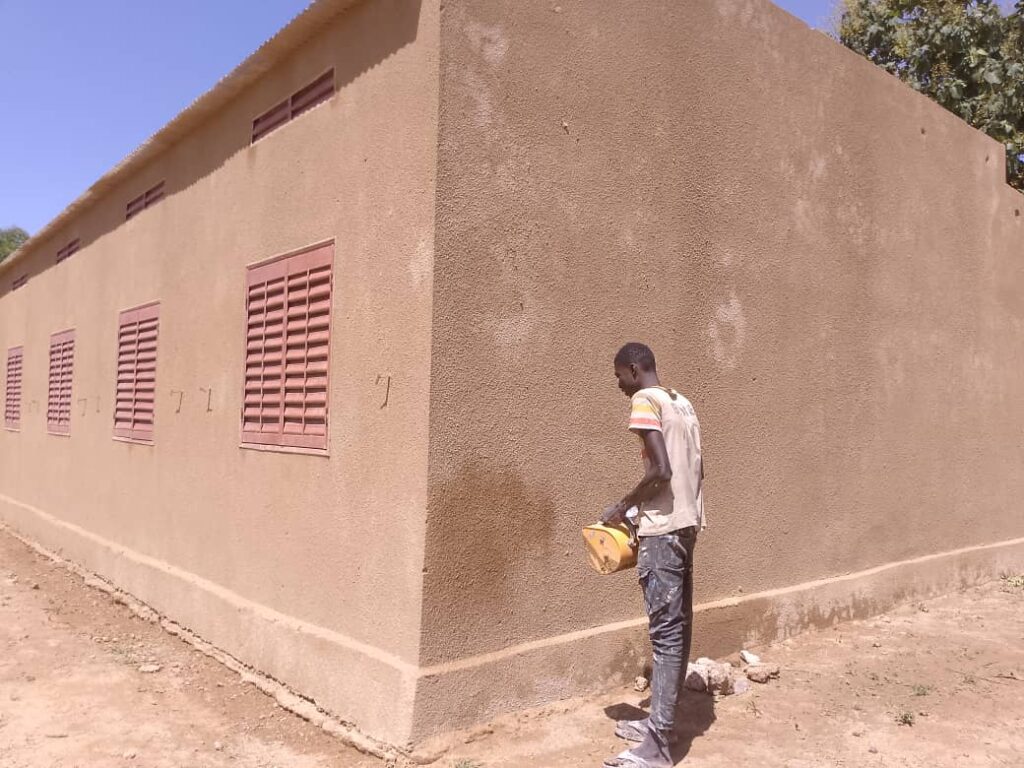We’re very excited to share this video highlighting an April 2025 visit to two schools we’ve recently helped to build in Mali, West Africa.
The first visit is for the grand opening of the new primary school in the village of Dintiola. Next, our delegation, led by Abou Coulibaly, visited the new primary school classrooms in the town of M’Pessoba.
The video concludes with a visit to Tionso, where we kicked off construction of a new primary school in May 2025. This will be the 35th school we’ve helped to build!
A huge thanks to Andal Média (find them on Facebook), a web TV producer in Mali, for allowing us to share this video, and to Coleman Donaldson at An Ka Taa for the fantastic subtitles in Bambara, English, and French.
To learn more about our projects, and how you can help us build our next school, visit our Contribute page.






























